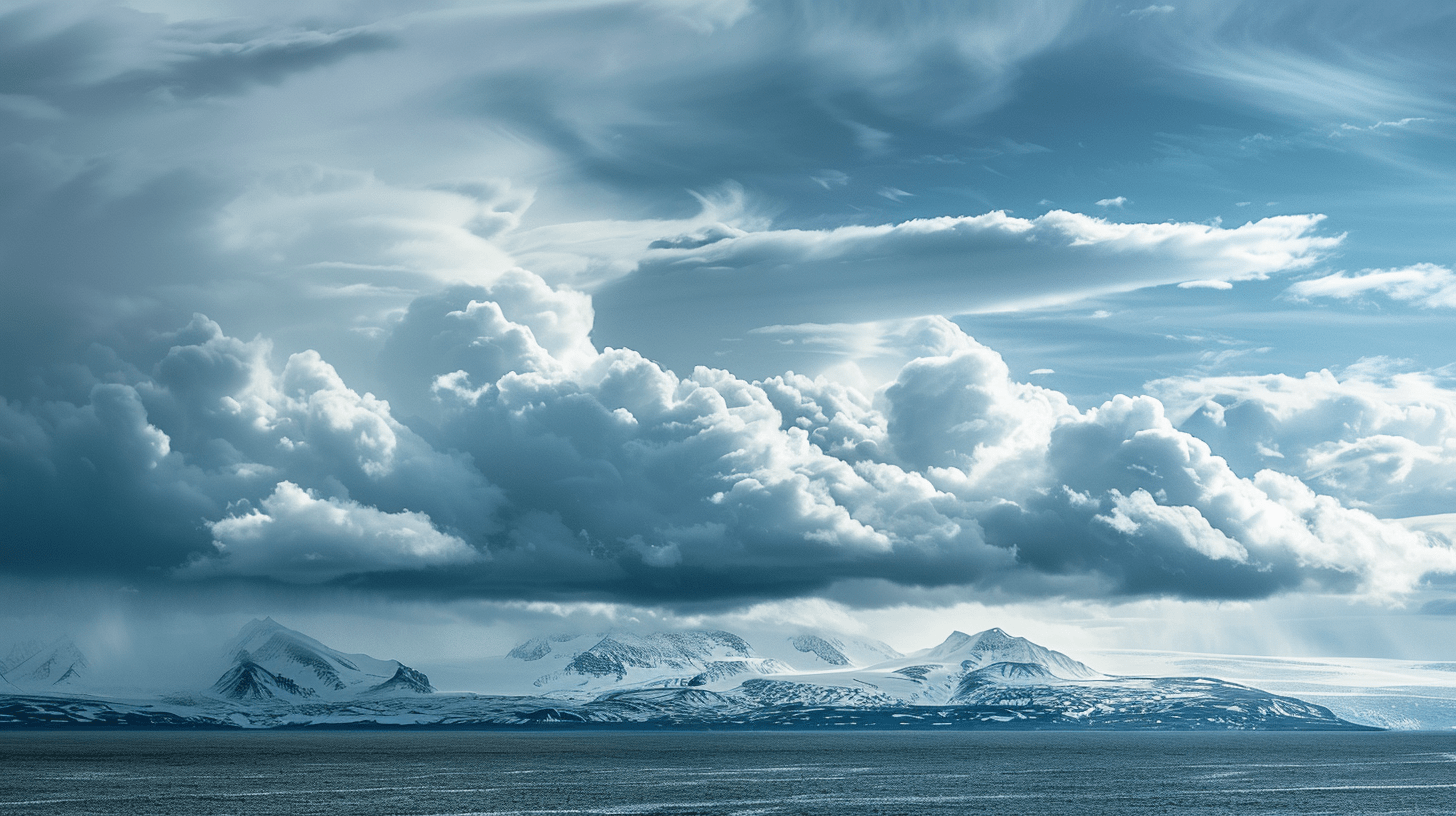The Arctic Polar Vortex
Explore the Arctic polar vortex's dynamics, impacts on global weather and its role in global warming.

The Arctic Polar Vortex in a Warming World: What You Need to Know
The relationship between the Arctic polar vortex and global warming is complex and still a subject of active research. As the Arctic warms disproportionately due to global warming—a phenomenon known as Arctic amplification—the temperature gradient between the Arctic and the equator diminishes. This reduced gradient can weaken the jet stream, potentially leading to a more frequently disrupted polar vortex.
Arctic Amplification: Warming the Coldest Regions
Arctic amplification refers to the faster warming of the Arctic compared to the rest of the planet. This phenomenon is driven by several factors, including the loss of sea ice, which reduces the reflective surface area and increases heat absorption. As a result, the Arctic is warming at twice the rate of the global average, leading to significant changes in atmospheric dynamics.
Impact on the Jet Stream
The weakened temperature gradient between the Arctic and the equator affects the polar jet stream, making it more wavy and less stable. These changes can cause the jet stream to dip further south, bringing cold Arctic air to lower latitudes. This disruption results in more frequent and severe cold air outbreaks in regions that are not typically accustomed to such extreme cold.
Cold Air Outbreaks in Mid-Latitude Regions
As the jet stream becomes more erratic, regions in the mid-latitudes, such as the southern United States and parts of Europe, can experience unexpected cold spells. Paradoxically, while global temperatures are rising, these areas may face harsher winters due to the altered behavior of the polar vortex.
Sudden Stratospheric Warmings (SSWs) and the Vortex
Sudden stratospheric warmings (SSWs) are events where the polar stratosphere heats rapidly, leading to the weakening or displacement of the vortex. These events are becoming more frequent and have a significant impact on the polar vortex, causing it to split or shift. The resulting changes in weather patterns can be dramatic, with cold air spreading far from the Arctic.
Impact on Weather Patterns and Extreme Events
The changing dynamics of the polar vortex and the jet stream contribute to a range of extreme weather events. These can include prolonged cold spells, heatwaves, and unusual storm tracks. Researchers are increasingly focusing on how these disruptions affect weather patterns, storm intensity, and precipitation distribution, with broader implications for ecosystems and human activities.
Climate Models and Predictive Insights
Understanding the interaction between the Arctic polar vortex and global warming is crucial for improving climate models and weather predictions. Enhanced predictive models that account for these interactions can help forecasters better anticipate extreme weather events and provide more accurate warnings.
Preparing for a Changing Climate
As the dynamics of the Arctic polar vortex continue to evolve, it is essential to develop strategies to mitigate the impacts of extreme weather events. This includes improving infrastructure resilience, enhancing emergency response systems, and promoting public awareness about the potential for unusual weather patterns.